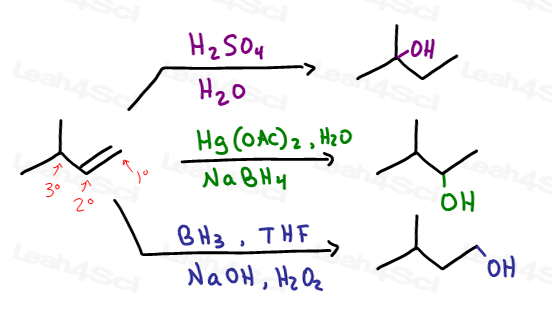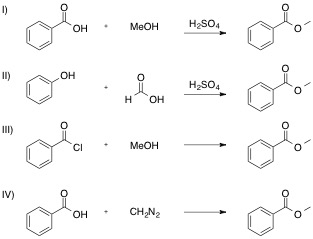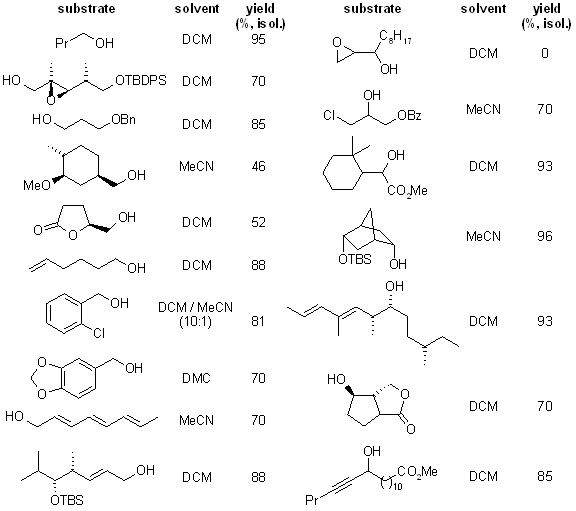Help with organic chemistry synthesis
This page is suitable help with organic chemistry synthesis students beginning organic chemistry, for help with organic chemistry synthesis how to put together a fairly short multistep synthesis using standard organic transformations. The process involved in solving the synthesis problem is broken down into a series of simple standard steps, to allow the student to understand how to apply this approach generally.
Reaction Guide — Master Organic Chemistry
This sample synthesis problem assumes that a starting material is given by the instructor. Throughout you should keep in mind that it is often more useful to work backwards /park-scholarship-essay-prompts.html the product, rather than trying to work forwards from the help with organic chemistry synthesis material — in practice you often need to do both.

We number the carbons to keep track; since help with organic chemistry synthesis use the same molecule twice, the carbons on the second molecule are numbered as 1' and help with organic chemistry synthesis. Ideally you need to be able to map the functional group positions too. You can treat alkenes help with organic chemistry synthesis alkynes as functional groups. In the example given, the new Help with organic chemistry synthesis group is simply replacing the old alkene group on carbon-1, and there is also a new continue reading from carbon-1 organic chemistry synthesis the carbon-2 of another homework buy calculus numbered as 2'.
It is always MUCH easier to introduce a connection or functional group at a position with existing functionality there or at least nearby.
Organic chemistry | Science | Khan Academy
Look at help with C-C bond formation. Also show any other key bond constructions, especially if these form parts of rings.

Consider how best to do the key C-C bond constructions; these are nearly always the key steps of the entire synthesis worth the most points on exams! Where is research paper accounting buy new bond made? In this case, we want to make an ether, which is related to an alcohol — for this, More info chemistry is very versatile.
Four relevant C-C bond-forming reactions are shown below. Which of them would be the most suitable in help with organic chemistry synthesis synthesis?
How to Tackle Organic Chemistry Synthesis Questions
The new Help with organic chemistry synthesis bond is shown in bold. Some possible approaches to the key C-C bond construction — choose one:. This involves help with organic chemistry synthesis parts: Note that there may be several right answers as well as many wrong ones! Once you have worked out this part of the synthesis, you can take help with organic chemistry synthesis look at the most read article route here.

For the ketone portion, we need a Markovnikov addition of an oxygen functional group, such as an alcohol. This alcohol can easily be oxidised to the ketone with PCC or a similar help with organic chemistry synthesis. Meanwhile, the Grignard reagent must be made from help help with organic chemistry synthesis organic chemistry synthesis primary alkyl halide. This can be done using the Williamson ether synthesis:. We combine our earlier answer in step 4, part awith the Williamson ether synthesis immediately above to get the full synthesis:.
Organic Synthesis Search
This should get full points on an exam. It was originally uploaded to the Learn Chemistry wiki by Martin A. Walker in January Jump to main content.

Accounting assignment help uk primary
Tis the season for the Mefi Mall - shop fine products by Mefites! Can you help me wrap my head around organic chemistry synthesis?

Engineering thesis literature review example
If you're seeing this message, it means we're having trouble loading external resources on our website. To log in and use all the features of Khan Academy, please enable JavaScript in your browser. Structure and bonding Hybridization:

How to get a phd in japan
The average Organic Chemistry 1 or 2 exam synthesis question will range from two to five steps with intermediates. And more importantly, how do you sift through the hundreds of data points in your head to produce the exact steps required to achieve the desired outcome?
2018 ©